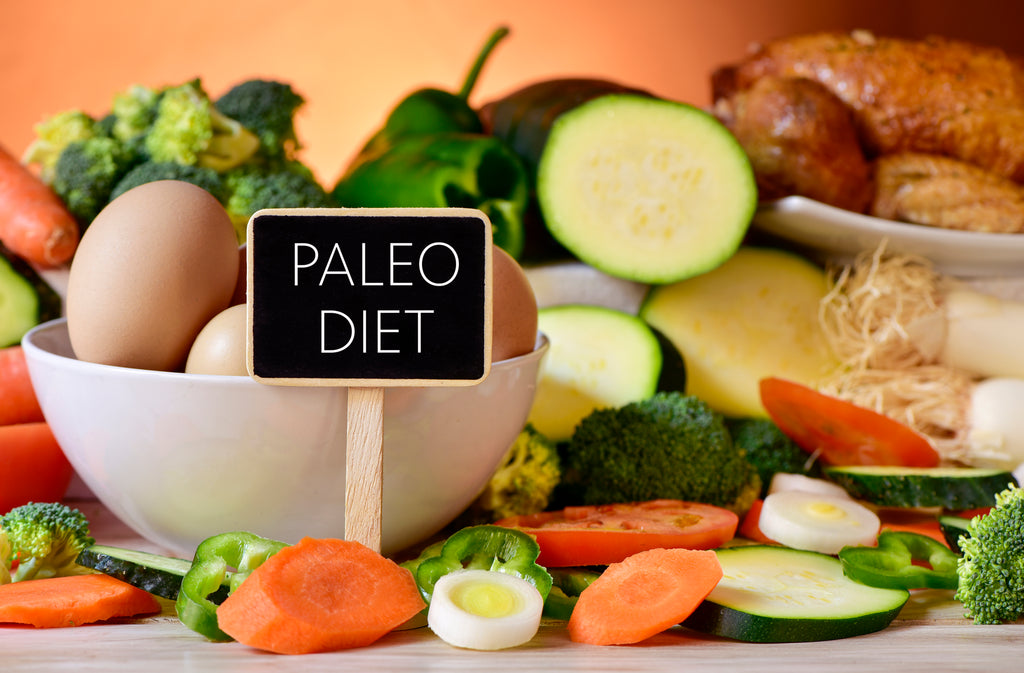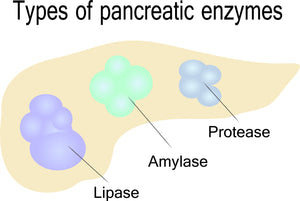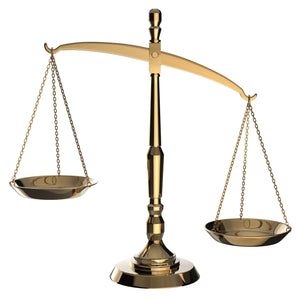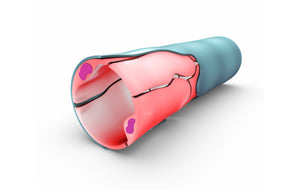Beginners Guide to the Paleo Diet: Practical Tips for Success

The Paleo diet is a great way to lose weight, improve your health, and get more energy. What seems like a simple concept has a few twists and turns that hopefully, these Top 10 Tips for Eating a Paleo Diet will get you on the right track and make life a little easier for you.
Defining the Paleo Diet
The Paleo diet is a dietary nutrition plan based on the foods similar to what our ancestors might have eaten during the Paleolithic era. This was the time of hunter and gatherers, a little bit before any processed food.
This diet includes fruits, vegetables, meats, nuts, seeds. Sometimes it will consist of dairy products, grains, and legumes.

There different levels to the Paleo diet – from those that are extremely strict and completely cut out any cooking and processing to those who are a little more open to modern society.
The basis for the diet is the fact our digestive system has not had a chance to adapt to eating processed foods over the past several thousand years. Some believe that people are adapting to grains, especially those from the northern European and Native American descent. That’s why grains and legumes are a part of some Paleo diets.
However, in just the last 100 years, we’ve changed our foods to an almost unrecognizable point. Some 85% of people don’t get enough fruits and vegetables, instead, relying on processed foods, which are far too high in sugars, saturated fats, and salt.
What Does The Paleo Diet Consist Of?
The vast majority of the food in the Paleo system is fruits and vegetables. It’s supplemented with nuts, seeds, fish, lean meats from grass-fed animals and wild game, and natural oils.
Some of the plans recognize our ancestors ate old world grains such as barley, rye, oats, and spelt, along with legumes and some dairy products. Therefore, organic, non-GMO grains, legumes, and dairy are under some plans. In some cases, wine, local fresh beer, and juices are acceptable. Some nutrient-rich treats can complement the diet, such as dark chocolate.
The Paleo diet compares to the lifestyle plan from low-carb dieting, the Mediterranean diets, and the diabetes diet. Fortunately, these diets have spawned numerous cookbooks that give millions of recipes, so people rarely feel deprived. You can discover many of the recipes online or visit a local library for a dizzying assortment of choices.
And, because of the focus on whole foods rather than counting calories, carbs, or any other number, it is much easier to follow when going out to restaurants or at parties. Choose meals with vegetables and whole meats and you don’t have to count anything.
The final piece many people enjoy is the flexibility. Because most people follow the Paleo diet to get healthy, rather than because of a debilitating medical condition, they’re able to partake in non-Paleo food occasionally. Most people limit this to having a select treat on certain holidays or at events such as birthday parties.
Eat Foods Like Our Ancestors Ate – Why You Can’t Do It, Even When You Try
Some varieties of the Paleo diet insist you must eat foods precisely as our ancestors did. The problem is most of those foods don't exist anymore.
For example, even though the wild game is still available, human interference with nature has left many animals consuming garbage, corn, and other cultivated foods. This has changed their fat and protein profile.
A better example is fruits and vegetables. Over time, people have selectively hybridized different fruits and vegetables to produce bigger, sweeter, and more fruitful plants. The watermelon of the Roman era was approximately the size of a grapefruit and only about half the flesh was edible. In that time, broccoli, cauliflower, most types of cabbage, sweet onions, pumpkins, and hundreds of other foods didn't exist yet.

And if that's not enough, if you look at seed catalogs from just 100 years ago, you will find that we have lost 80% all of the variety in our fruits and vegetables. Although there are efforts to restore some of the lost cultivars, many are genuinely lost.
Our recommendation for following the Paleo diet is to focus on eating a diet that's rich in whole fruits and vegetables and lean meat. If you begin to focus on specific foods and worry about getting the right type of food, you will lose the enjoyment of eating your food. You should enjoy your food, and embracing the variety is truly enjoyable.
Top 10 Tips For Enjoying Paleo
-
Focus on what you're eating right now.
In the past, there have been various nutritional recommendations, such as the failed food pyramid. Trying to combine Paleo with other types of diet leads to frustration, so stick with one plan.
-
Prepare before you start - Food Journaling.
The best tip nutritionists have for starting any diet is to begin with a food journal. Record what you currently eat for one week, and then go back and see where you could make healthy substitutions.
Taking a look at what you are doing helps you understand your food cravings, general tastes, and when you eat.
For example, if one night a week you have a pasta dinner, you can brainstorm various ways of replacing the pasta with a Paleo option. This could be zucchini noodles, spaghetti squash, or choosing to have a completely different meal.
-
Make sure you have enough time for cooking and food prep.
Eating a Paleo diet requires you to cook and prepare most of your food. You can't pop in the microwave a Paleo dinner.
Take a look at your food journal. What days were you too busy to cook? What days did you have extra time? What days are better for packing leftovers for lunch versus making something from scratch? How fast do you need to prepare breakfast? These will help you decide the type of recipes and the time required for making them.
-
Set a time frame before you start.
People who started diet without a definitive end date typically follow their diet for 2 to 3 weeks. Then, they have a meal that's not part of their dietary plan, and the mindset says the whole diet is ruined so why bother continuing.
But, if you set a realistic time goal, your mind will give you the strength to meet that goal. Some nutritionists recommend setting a target of 13 days, with the 14th day being a reward day.
-
Choose your indulgences wisely.
It’s one thing to reward yourself with ice cream and cake. But, if you choose a healthier indulgence, you can improve your health and enjoy life. One such indulgence is to have wine and dark chocolate. Both of these foods are extremely healthy when consumed in moderation (although not technically Paleo). Many people have made dieting tolerable by choosing to indulge in red wine and dark chocolate on the weekends while sticking with their diet all week.
-
Drink plenty of water.
As you begin changing your diet to more fruits and vegetables, you may find yourself not as thirsty. But, it’s important to keep consuming water, because you will be increasing your fiber intake. An increase in fiber without a corresponding increase in fluid intake can cause severe constipation.
-
Plan your meals before you go out shopping.
Look at your calendar for the week and decide what meals are best to make on what day. You'll then know precisely what you're eating when. You can arrange to have the correct amount of ingredients on hand before you begin cooking.
This can also give you a chance to prepare certain ingredients ahead of time to save yourself on the day you’re cooking. Plus, people who make lists before they go to the grocery store generally tend to save money.
-
Plan for snacks.
We all get snackish every so often, so make sure you have the right type of foods on hand to satisfy a sweet craving, a salty craving, or just to tide yourself over until dinner. Some of the top snacks for Paleo include nuts, seeds, and fruit. You can also do vegetables dipped in a little bit of oil and vinegar dressing or have a small amount of dark chocolate.
-
Exercise and sleep also play a role in your diet.
Some people find beginning the Paleo diet allows them to sleep better, deeper, and longer than they usually do. Other people find they have so much energy they sleep much less.
In either case, exercise helps.
For people who are sleeping more, exercise will help increase your energy levels during the day and give you more sustained energy. For people who are sleeping less, exercise will burn up some extra energy, allowing you to sleep. Also, exercise helps massage your digestive system, which will help reduce gas, bloating, and increases the pounds you'll melt away.
-
A Paleo diet does not mean Paleo cooking.
You don't need to cook everything over an open fire. Your slow cooker, juicer, food processor, microwave, and all the advances we have in saucepans, cooking utensils, and gadgets can help reduce the time it takes to make your food and gives you flexibility in how you make your food. For example, a slow cooker meal consisting of a beef roast, carrots, onions, mushrooms, garlic, turnips, and peas can be put on first thing in the morning and be ready for dinner.
We hope you’ve enjoyed these tips and set out to do the Paleo diet in a healthy, constructive way. If you're having difficulty with some of the techniques, you can talk to one of our doctors to get some tips and tricks. It can be beneficial to have a mentor lead you in the right direction.
- Nutracare Team







Comments 0